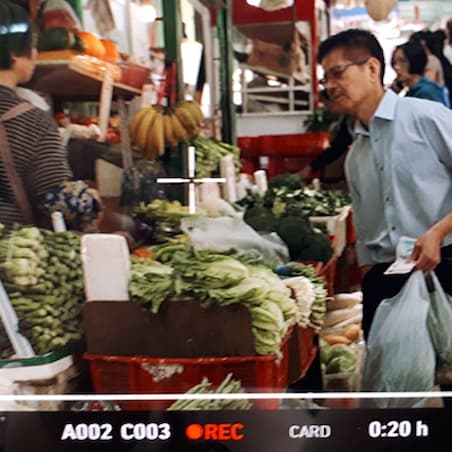We know that meat production has an environmental impact. And not just meat production but everything we do. We can make more environmentally sustainable choices when buying locally produced meat in the Nordics.
Eating meat is ok within limits, as a part of a well-balanced diet. In this Meat Myths article series, we break myths related to meat production. This article focuses on myths around beef production* and its environmental impacts in the Nordics.
Myth 1: Beef production ruins the environment
In the Nordics we have good conditions for beef production. Beef production consumes a lot of water, but it is not a problem in the Nordic countries because we have abundant water resources. Overgrazing is no problem as our cattle are suitably sized for their field areas when grazing. There is hardly any deforestation as the area suitable for feed production is sufficient in the Nordic countries. Foreign feed raw materials, such as imported soy, are hardly needed to supplement domestic feed crops. Roughage is natural food for cattle and it keeps the cattle’s rumen in good condition. A wellbeing cattle needs hay.
As mentioned above, there are plenty of fields where the soil is only suitable for grass cultivation. Perennial grass areas are efficient in nutrient binding, like phosphorous (P) and nitrogen (N). When grass fields are not ploughed, the risk of nutrient leakage into waters is low. Perennial grass also acts as a carbon sink *, binding significant amounts of carbon to the soil.
Animal manure from cattle farms is suitable for fertilization for next harvest while improving field quality. From the point of view of biodiversity (incl. numerous plant and insect species) and environmental impact assessment, cattle and grass are essentially one.
Myth 2: Methane from ruminants is a major threat to the climate
Methane is after carbon dioxide the second most abundant of the greenhouse gases that contributes to climate change. Methane stays short time in the atmosphere, around 10 years, while CO2 stays for 100 years. Around 30 % of methane emissions come from ruminant, the rest, around 70 %, comes from other, manmade sources. E.g. rice cultivation takes approximately 10 % share from the 70 % manmade share of methane emissions. And around a 20 % share from the 70 % methane emissions comes from oil and gas use.
To reduce methane emissions from ruminants, animal production research is ongoing. Factors found to reduce some of the emissions has been e.g. development of animal breeds and feeding. Maybe one day methane access to the atmosphere can be prevented by the developing technology.
Myth 3: Fields should be used to grow plant protein directly for human consumption
There’s a huge amount of permanent grasslands and pasture areas in the world, also in the Nordics. These areas are not suitable for growing food for direct human consumption, for example, they are difficult to cultivate and result in a low level of harvesting or inadequate soil form. Under these conditions, for example, the cultivation of plant proteins is not profitable. That’s why those places are perfect for growing grass for cattle feed. Due to our Nordic location weather can also change our plans – corps cultivated for food production may not fulfil food quality requirements. In those cases, they are used for animal feed.
Even though humans cannot eat grass it is very nutritious for cattle. Cattle’s rumen turns grass into high-quality protein, which is important for human nutrition. In addition to the protein, many trace elements (such as iron) and B-vitamins that are needed by humans are in easily absorbable form in the meat.
Vocabulary
*Beef production = In this article, beef production refers to dairy breed bulls for fattening and dairy cows for slaughter and beef breeds especially for meat production.
*Rumen = The rumen is the first and biggest chamber of the digestion system of ruminant animals (cattle, goats, lamb). It serves as the primary place for ruminant digestion and nutrient absorption.
*Carbon sink & carbon sequestration: A carbon sink is a carbon stock that is growing. For example, carbon sinks are forests when they bind more carbon than release. Carbon sequestration is the process by which carbon dioxide is emitted from the atmosphere, for example to a plant or through a plant to the soil.
Sources
https://www.globalmethane.org/
http://www.igsd.org/estimated-global-anthropogenic-methane-emissions-by-source-2010/
https://www.globalmethane.org/documents/gmi-mitigation-factsheet.pdf










